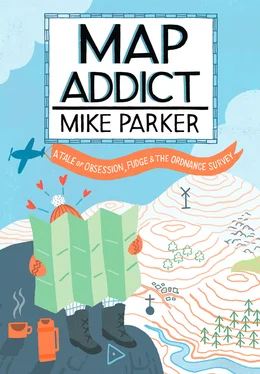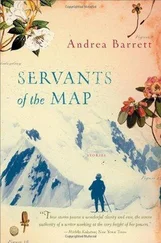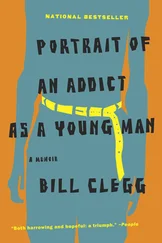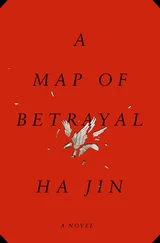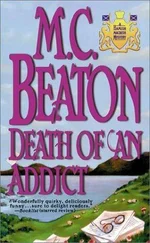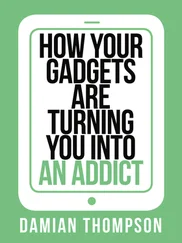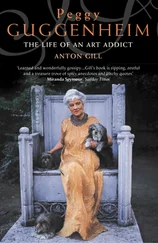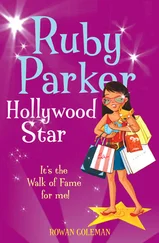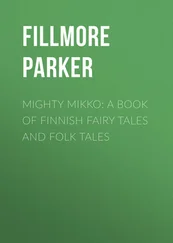It’s no coincidence that the model village is an almost entirely British phenomenon. Bekonscot, the first and still the finest, has been bewitching its visitors since the 1920s, and still pulls in tens of thousands a year even now, despite being utterly devoid of things that bleep or flash. In fact, that’s its main draw these days: the perfect encapsulation of a long-vanished Enid Blyton England, all stout ladies cycling and butchers in aprons (Blyton was one of Bekonscot’s biggest fans, and even produced a book, The Enchanted Village , about it). It’s not just the miniaturised characters that appeal; it’s the whole experience, even that of arriving. You have to park up in an adjoining car park shared by a small supermarket and a church, then walk down a leafy path to find Bekonscot rooted in a residential side street. As you amble contentedly around the model village in what was once a suburban rockery garden, the stout precincts of Beaconsfield peer over the sensible fences. This Tom Thumb Albion seems so perfectly at home here, steadily, reliably plodding on with the minimum of fuss and the maximum of quiet pleasure.
Mapping and model villages are very British bedfellows. The gentle enthusiasts who created these places, and the generations that keep them going, have all spent long hours mapping their pretend worlds, giving every wood, road, cove, islet and cluster of tiny buildings a name and a whole back history. There’s a curiously devout idealism at work, a desire to create a better, brighter world, even if it’s only for characters just a couple of inches high. Bekonscot’s founder, Roland Callingham, approached his creation with much the same zeal as his contemporary Clough Williams-Ellis. To Callingham, the fact that his kingdom was miniature and Clough’s, at Portmeirion, was (almost) life-sized and for real people made little difference. It was, as Clough put it, a ‘light, operatic’ approach to town planning and design, but there are deadly serious principles at work here too: that humour and grace have a central role to play in our built environment, and will bring out the best in its inhabitants if employed well.

A growing map addiction dictated my juvenile reading habits too. I was inescapably drawn to children’s literature that set itself in places that I could find on the map, places that were unambiguously British, whether it was a real Britain or a parallel fictional one. The appeal of the books soared even higher if they started with a map of the part of the country in which they were set, and there was no shortage of these. At the local library, I scythed through the Malcolm Savilles and Arthur Ransomes, devouring each one in just a day or so, despite the hours spent flicking back and forth between whichever part of the story I was in and the frontispiece map that glued it all together. I’d find the real maps of the areas concerned, and thrill at what the author had included from the actual topography, and what had been a figment of his imagination.
I wish I could say that it was the Arthur Ransome books— Swallows and Amazons et al.—that I loved the most, but no. They were too gungho for my rather prissy tastes, with way too much boat-building, pirate dodging and nautical heartiness. Wild water was a largely absent element in the life of a Midlands schoolboy of the 1970s and ’80s: even the most vivid of imaginations would have had trouble conjuring up Lake Windermere, Coniston or the Norfolk Broads, let alone the high seas, out of our local oil-slicked canals, where you were infinitely more likely to see a dead dog floating by than a home-made raft. I wish I’d taken more to his books because, for starters, they are far better written than anything by Malcolm Saville, and because Ransome himself was such a fascinating character. Recent papers released by the National Archives reveal that he was a spy and possibly a double agent during the Russian Revolution, that he wrote passionately pro-Bolshevik articles for liberal newspapers and managed to get a divorce in the 1920s in order to marry Trotsky’s private secretary, whom he later brought back to the Lake District; they are buried together in the little churchyard at Rusland, near Windermere. Before his hurrah-for-the-Empire children’s books, he’d written a biography of Oscar Wilde and numerous articles that revealed his proud Bohemianism. Unless I was missing some deeply buried subtext, you really wouldn’t know any of this from the simple tales of youthful derring-do that later made him famous.
Sadly, I was much more of a Malcolm Saville kind of boy. By comparison, Saville led a life of unyielding rectitude, informed by a muscular Christianity, a towering snobbery and unquestioning acceptance of the need to obey authority in whatever guise it came. His books were relentless in promulgating these attitudes: policemen, teachers and vicars were always honest and right; anyone who wore a camel coat or dropped their aitches was guaranteed to be a no-good ’un. I lapped them up: although it was partly that I preferred mystery-solving capers to high-seas adventure, the main reason for my choice was, as ever, the maps. Arthur Ransome’s were lavish and lovely, but they were of parts of the country that I neither knew at all nor cared much about. Worse, they seemed ineffably childish, transforming real places into pretend River Amazons, Pirate Islands and Rio Grande Bays, even placing an imaginary Arctic and Antarctic on a plan of what I knew to be a small part of the Lake District. Malcolm Saville, on the other hand, set his stories in some of my favourite places and mapped them with far more appealing realism: those I knew well, like the Long Mynd in Shropshire or the area around Whitby and the North Yorkshire Moors, as well as those I was fascinated by and aching to see, such as the East Anglian coast or Rye and Dungeness on the border of Kent and Sussex. The stories were entirely secondary to their locations and the maps that showed them.
Enid Blyton was a gateway drug to the works of Malcolm Saville, for her books were full of the same jolly adventures in the boarding school halls, the same cast of picaresque ne’er-do-wells, the same crashing morality and class system carved in granite. Mallory Towers was a guilty, girly secret; I could take or leave the Faraway Tree and the Secret Seven, but I devoured the Famous Five books time and again. Saville’s Lone Pine Club members and the Famous Five seemed entirely interchangeable: they were led by identikit sensible boys with side partings, and each had an Amazonian sidekick who hated her girl’s name and insisted on a male equivalent—Peter (Petronella) of the Lone Piners, and every lesbian friend’s first pin-up, George (Georgina) of the Famous Five, with her licky dog, Timmy.
At the age of seven, I worshipped the Famous Five, even if their books suffered from one huge omission. There were no maps, no official sanction of the geography of Kirrin Island, Mystery Moor and all the other places I wanted desperately to believe in. I even resorted to drawing my own, but I knew that they would never feel like the real deal. Where were these places? There was a vague feeling and a few hints that the Famous Five’s romping ground was somewhere in the West Country, but Blyton managed to be sufficiently coy when pressed on the matter. That, though, hasn’t stopped the congenial Isle of Purbeck in Dorset from staking its claim as her muse and setting, and, to be fair, it has a good case. Blyton and her husband had many connections to the district, holidaying three times every year in Swanage’s Grand Hotel and swimming every day in the sea, doing a circuit around the town’s two piers before dinner. They became honorary residents of the district, Enid making it to president of the Swanage Carnival committee, while her husband, Kenneth, bought the Purbeck Golf Club in 1950. The impossibly cute—and congested—village of Corfe Castle, sheltering beneath its famous ruin (Kirrin Castle, apparently), promotes itself as the capital of Blyton country, with the Ginger Pop shop in the main square full of memorabilia, her books, old-fashioned sweets in jars, toys that no modern child would countenance playing with and the inevitable ginger beer. It is said that the PC Plod character in her Noddy stories was based on the village bobby at Studland, which, even in her day, was famous for its nudist beach; Blyton herself is reputed to have gone au naturel there. Thank God the Famous Five never stumbled across it.
Читать дальше
